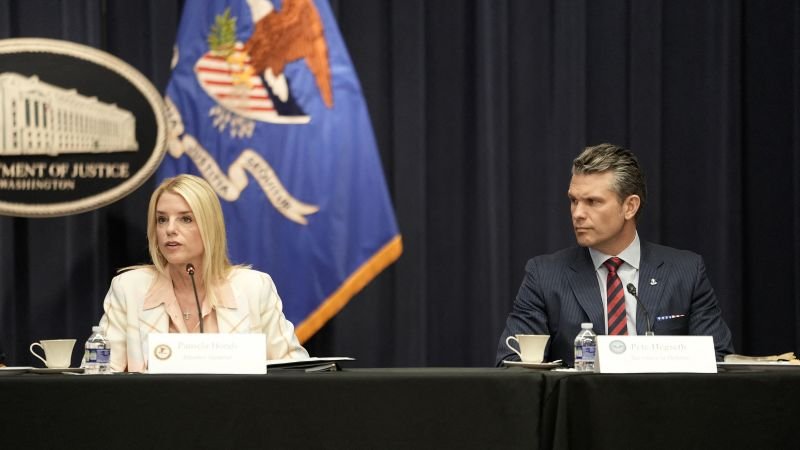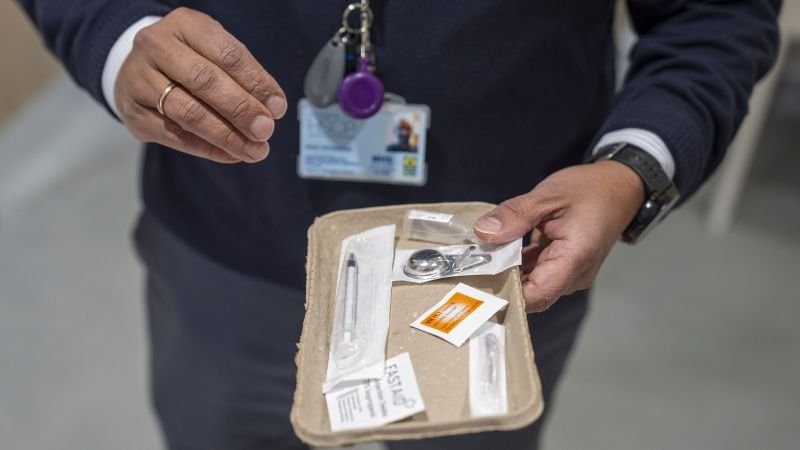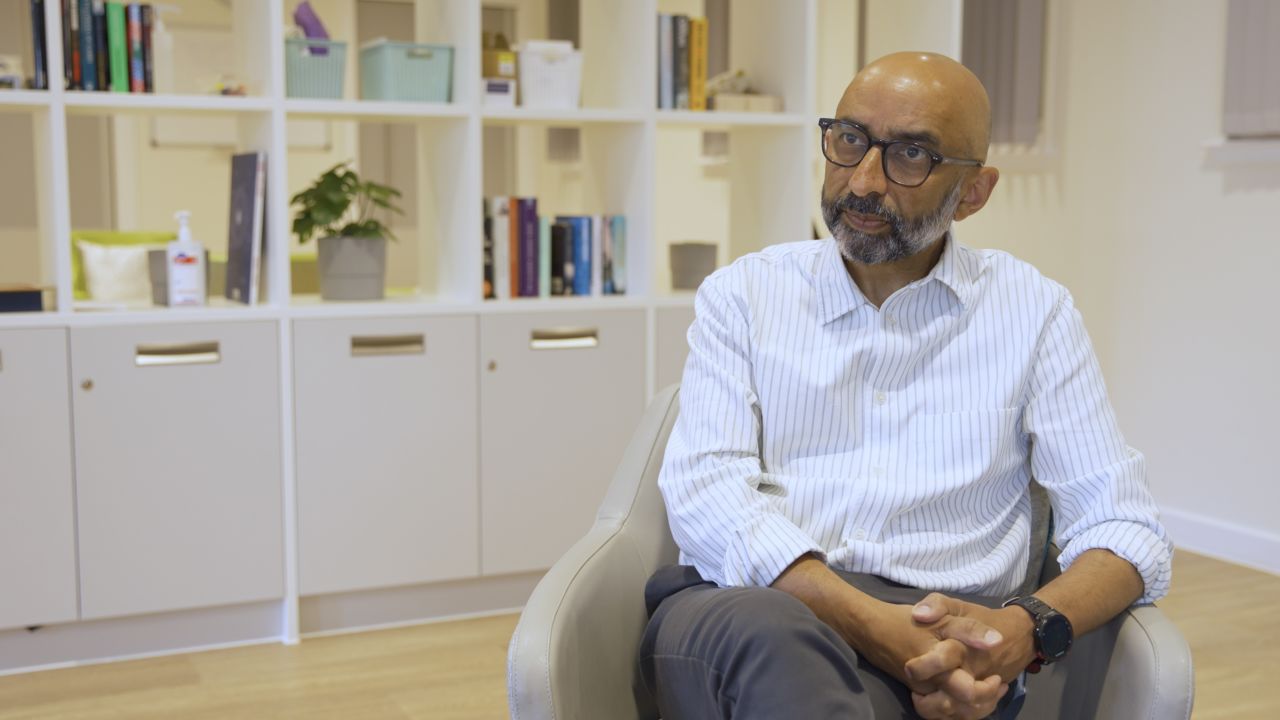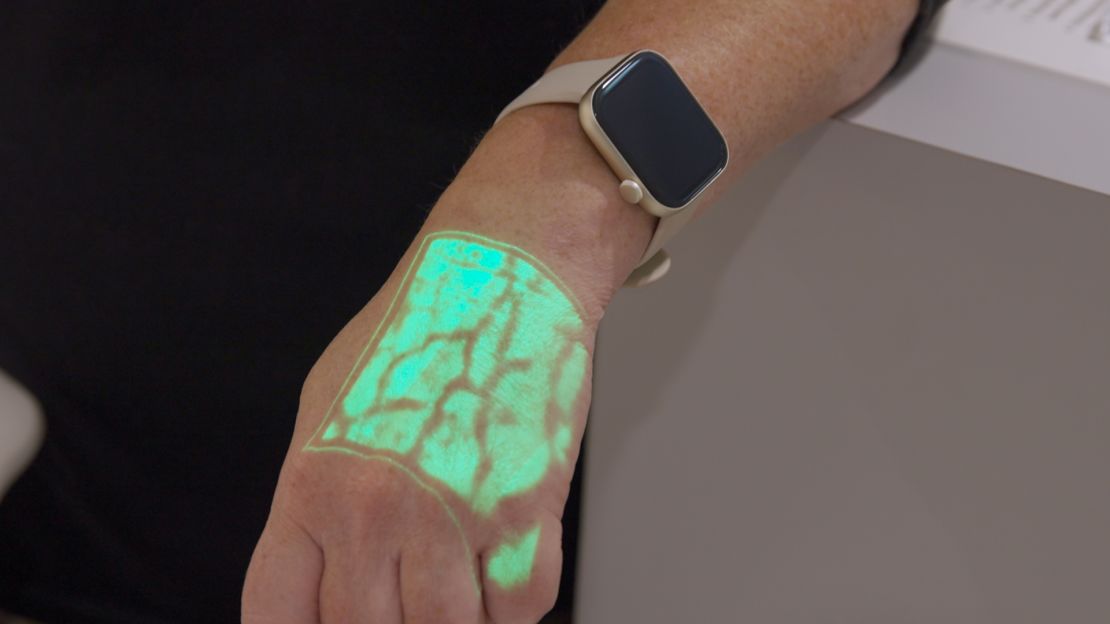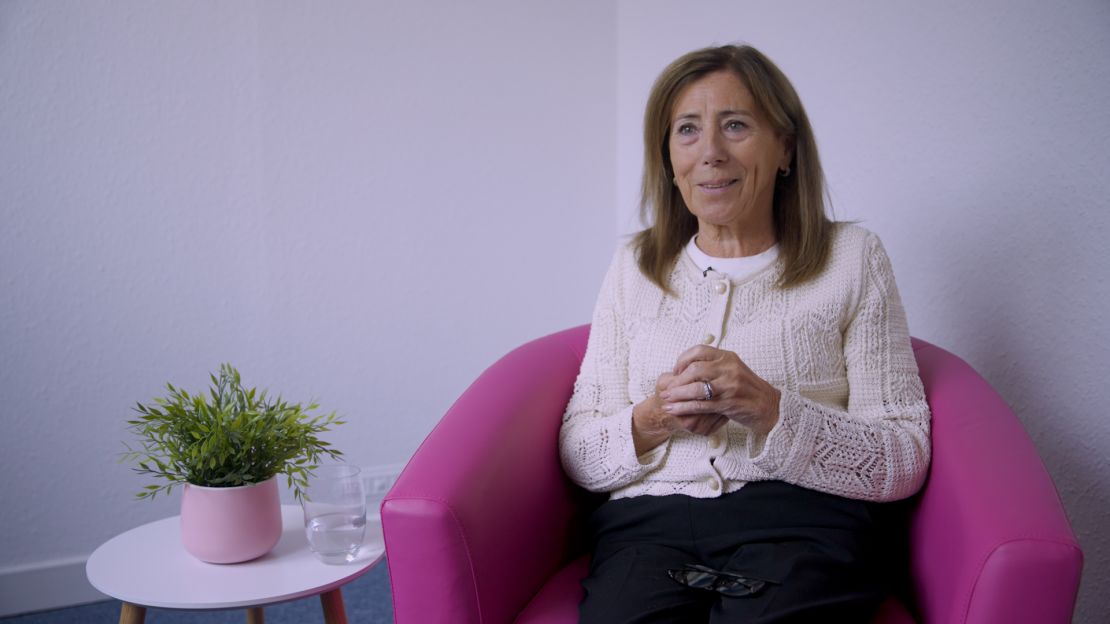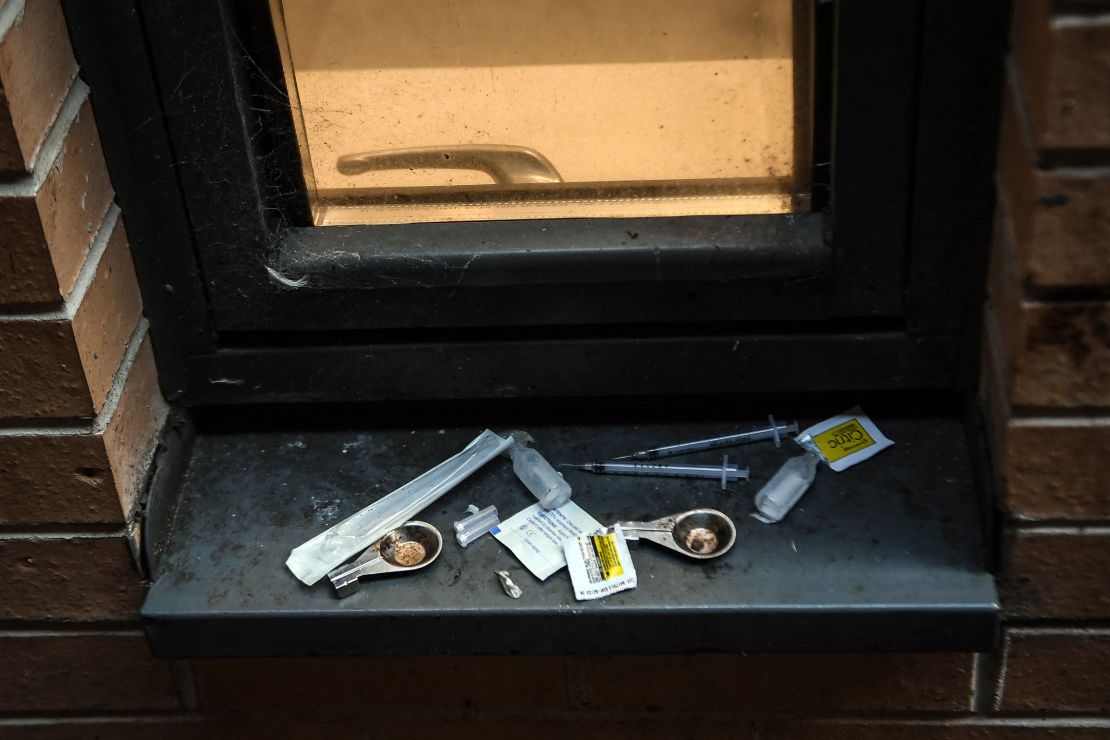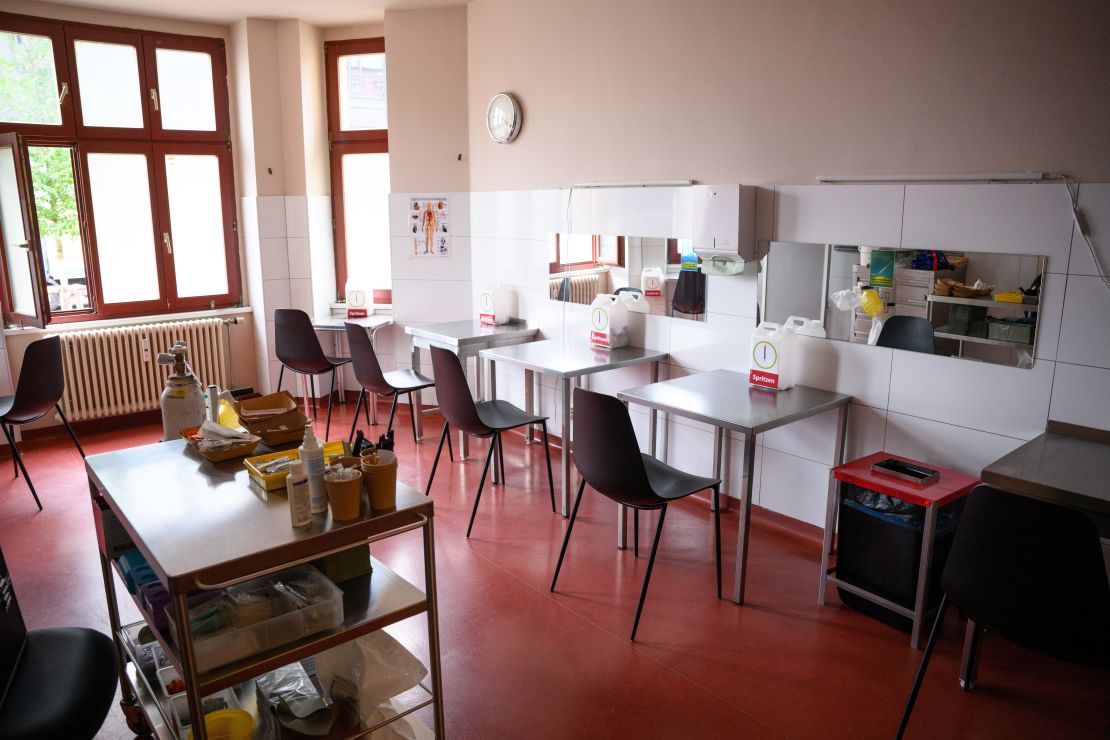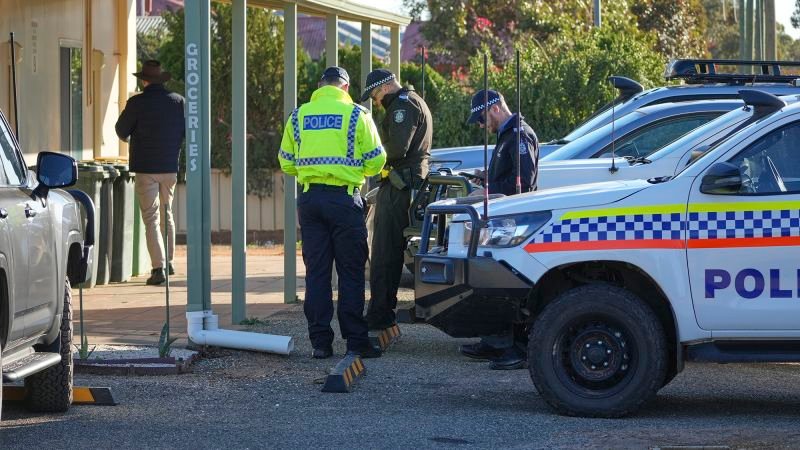CNN
—
When President Donald Trump searched for his top Cabinet secretaries, a flair for running a smooth governing machine was nowhere on the job description.
So rising frustration among White House aides about chaos coming from the offices of Defense Secretary Pete Hegseth and Attorney General Pam Bondi seems a bit rich.
Trump is getting exactly what he should have expected after spurning traditional public servants and filling top roles with high-wattage Fox News performers, MAGA favorites, conspiracy theorists and central-casting archetypes with little knowledge of how Washington works.
The most disruptive president in modern history never showed much interest in governing. His administrative arson is vital to his image as an elite establishment scourge. But even in his unorthodox administration, there comes a time when incessantly playing to the outlandish fringe of the conservative media machine clashes with Trump’s and the nation’s interests.
Hegseth, after an accident-prone six months at the Pentagon, is feeling heat again — this time for halting US arms shipments to Ukraine without telling the president. This followed his towel-snapping boasts about US strikes on Yemen on a group chat that leaked earlier this year.
Bondi is paying the price for a habit of exaggeration and trying to feed the MAGA media beast after failing to stand up her earlier promises of stunning revelations from files about the death and clients of child sex offender Jeffrey Epstein.
Two other top officials, FBI Director Kash Patel and his deputy Dan Bongino, who made their names fanning right-wing conspiracy theories before joining the “deep state” they once demonized, also found themselves in damaging climbdowns on the issue.
They are not the only Trump favorites under rising scrutiny. The president’s choice of vaccine skeptic Robert F. Kennedy Jr. to run the department of Health and Human Services is becoming even more controversial after measles cases hit their highest levels since the disease was eradicated in the US a quarter-century ago. Kennedy has recommended that parents vaccinate their kids against the disease. But he recently dismissed an expert panel of vaccine advisers who have shaped government policy on inoculations, causing widespread concern among the US public health community.
RFK Jr. is not directly responsible for the current measles outbreak. But a president who appoints the country’s best-known vaccine skeptic is clearly sending a message to families who mistrust government public health guidelines. If the breakout gets worse and the administration gets the blame, Trump will reap what he sowed for trying to play into his base’s suspicion of federal health advice dating at least back to the Covid-19 pandemic.
But Kennedy can’t hold a candle to the ultimate example of Trump appointing a wild iconoclast who then, in the president’s words, “went off the rails.” The only surprise with Elon Musk is that the chainsaw-wielding Tesla chief lasted as long as he did at the Department of Government Efficiency before his and Trump’s bromance imploded.
There’s so far no public sign that the White House is getting ready to jettison Trump’s controversial Cabinet picks.
But there’s barely concealed fury in the presidential mansion over another Trump appointment for a big Washington job. Federal Reserve Chief Jerome Powell is frequently berated for refusing to slash interest rates and unleash what Trump insists is massive pent-up economic growth.
Trump chose Powell — who fears the US economy has yet to fully vanquish inflation as Trump risks price hikes with his tariff policy — in his own first term. But he’s long since turned on the man who was instrumental in ending an inflationary crisis without triggering a recession and widespread unemployment, a feat many economists predicted was impossible.
Powell is being slammed by the president for doing his job — rather well, in contrast to Bondi, Hegseth and other top Trump acolytes, whose inexperience is glaring.

The latest storm around Hegseth has recharged speculation as old as Trump’s second administration: How long is he going to last at the Pentagon?
CNN reported Tuesday that the defense secretary failed to inform the White House before he authorized a pause on weapons shipments to Ukraine last week. The move, confirmed by five sources, set off a scramble in the administration to work out what was going on and what to tell Congress and the Ukrainian government.
It was the latest demonstration of administrative mayhem around Hegseth, who has no experience in government, is charged with running one of the world’s most complex bureaucracies and has already fired several top aides in a purge that likely worsened the disarray in his policy apparatus.
He might have been forgiven, however, for failing to anticipate Trump’s sudden reversal on Ukraine. After criticizing former President Joe Biden for arming Kyiv as it fights for survival after a Russian invasion, the president has suddenly and belatedly gotten fed up with President Vladimir Putin, who embarrassed Trump over a push for peace that he’d hoped would end in a Nobel Prize.
The White House denied that Hegseth failed to tell Trump about pausing the shipments to Ukraine, and the administration said that they will resume. Wider uncertainty remains, however, about whether Trump’s turn against Putin — to whom he has always genuflected — will be sustained, or even whether it’s a negotiating ploy to get the Russian president to the table.
But until Hegseth crosses Trump’s invisible red line, he could survive. That’s because he might keep messing up, but he constantly delivers on what Trump really wants.
Hegseth shows total fealty to the president and is the only Cabinet member who comes close to his boss’s mastery of stunt politics.
After reports that early intelligence assessments contradicted Trump’s claims to have “obliterated” Iran’s nuclear program in B-2 bombing raids, Hegseth put on a wildly theatrical show in a Pentagon briefing, slamming the media and pouring exaggerated praise on the president in a made-for-television tirade that rivaled any of his former work on Fox News.
Hegseth’s outspoken loyalty to Trump is a cause for concern across Washington because he is such a departure from the president’s first-term secretaries of defense, James Mattis and Mark Esper, who reined in some of the president’s riskiest impulses. If Trump ousts Hegseth, he’d have to find someone else who’d implement his orders unquestioningly.
The Pentagon chief’s defenders can argue that the sophisticated US raid on Iran’s nuclear plants went off without a hitch operationally, in a way that suggests the pandemonium in the secretary’s office is not yet hurting US readiness.
But every time Hegseth shows up on Capitol Hill, he’s asked by Democrats whether he’d carry out an order from the president to open fire on protesters. And he’s yet to give a straight answer.

Bondi has a record as an accomplished lawyer and public official in Florida, and, like anyone who aspired to a job in the Trump Cabinet, she is good on TV.
But her willingness to foster the MAGA movement’s obsession with conspiracy theories — which helped her get her job in the first place — has tripped her up.
It’s long been an article of faith on the fevered extreme of the conservative movement that Epstein, who died in jail awaiting trial on federal sex trafficking charges, was murdered and that he had once kept a list of famous people who used him to gain access to underage girls.
Bondi promised she’d expose the truth. But the truth turned out to be prosaic: Epstein was not murdered and that there was no list.
Bondi’s problems started with a Fox interview in February in which she implied the Epstein list was sitting on her desk. And she orchestrated a big photo op at the White House where conservative influencers were handed files on Epstein. The plan backfired because those files didn’t contain any revelations. As is the way with conspiracy theories, the opacity only fueled the conspiracy machine.
This may be one case where a lack of experience in national politics is to blame. There may not be a line between governance and conservative opinion television anymore, but Bondi’s loose comments on the case raised expectations and created a political mess.
The White House tried to fudge the issue by saying her quotes on Fox were misinterpreted. But that has not stopped fringe influencers such as Laura Loomer — who previously convinced Trump to fire top staffers on the National Security Council — from calling for Bondi’s dismissal.
Bondi also said on Wednesday that she could not release large amounts of video from the Epstein case because it contained child pornography. But the online crowd is now fixated on a “missing minute” on prison surveillance tapes.
Trump appeared frustrated at the story, which is detracting from a purple patch of political success.
“Are people still talking about this guy, this creep?” Trump said of Epstein on Tuesday. He may have had a point. While this is a huge issue for certain conservative media influencers, it’s not clear at all that most Republican voters really care that much about it.
Trump did not express public frustration with Bondi. But CNN reported on Tuesday that there’s impatience inside the West Wing about how the issue has been handled.
It’s not the first Bondi misstep. Earlier this year she faced ridicule after claiming in a previous Cabinet meeting that Trump’s crackdown on fentanyl coming across the border had saved 258 million lives — in a country of about 340 million people.
Still, like Hegseth, Bondi offers Trump real value. She’s an enthusiastic partner in the president’s effort to enact revenge against prosecutors, legal firms and political foes who investigated or crossed him.
In a new bombshell Wednesday, CNN reported that former FBI Director James Comey and former CIA Director John Brennan — both vehement Trump critics — are under investigation by the Justice Department for possible false statements to Congress. The probe arises from one of Trump’s longstanding obsessions — an intelligence community finding that Russia’s 2016 election interference operation was meant to help him beat Democratic nominee Hillary Clinton.
Bondi’s Justice Department prosecutors have been infuriating district court judges for months as the tip of the spear of Trump’s war on the justice system. Her team has won several big Supreme Court victories as Trump pushes his power to its limits.
So, as with Hegseth, there are good reasons for Trump to keep her around.
In any case, if promoting conspiracies; engaging in bombast and exaggerations; and politicizing the legal system and the military while creating chaos in government were disqualifications for high office, Trump would never have made it back to the White House.

